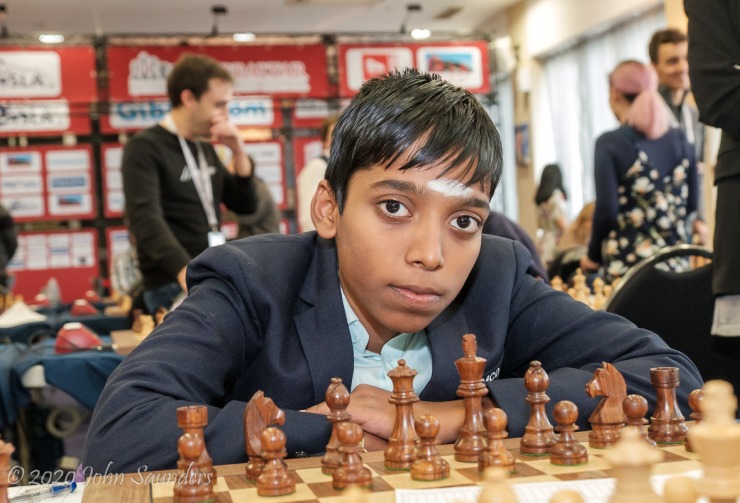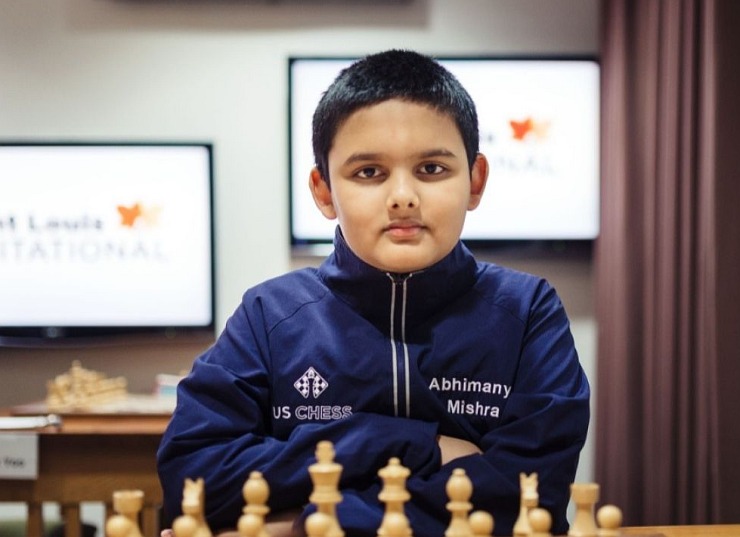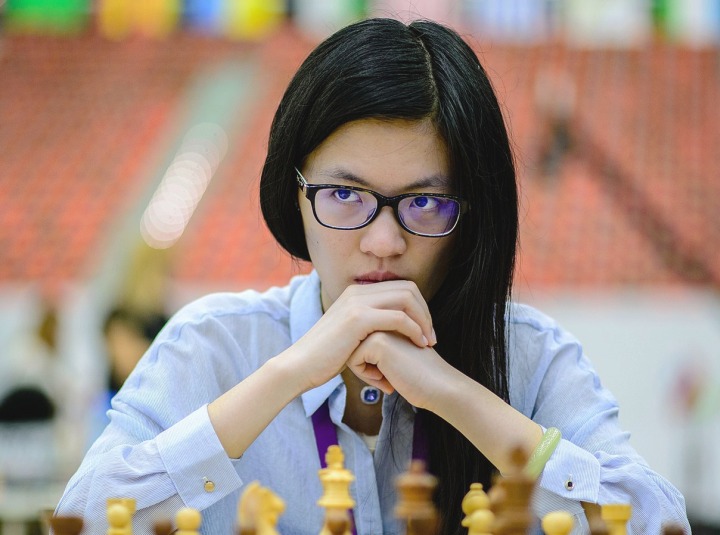Kaspars Migla is the creator and founder of chessratings.top. In his column, he analyzes monthly FIDE standard rating changes, career-high ratings, rating distribution by country, continent, region, and other rating-related statistics. In this edition, he tries to establish a correlation between the rating of juniors with their future achievements.
In chess, the title of World Champion is contested by the strongest challengers determined by objective criteria known as rating. The career of the reigning World Champion Magnus Carlsen illustrates the point. He became #1 in the rating list on January 1, 2010, succeeding Veselin Topalov on the top and three years later in 2013 won the World Champion title. Since then Magnus has been not only an uncontested chess leader but also a role model and a man to beat and surpass.
In order to figure out his competitors in the near future, a special option of rating comparison was designed at chessratings.top. Any player can be compared against another rating-wise at a particular age (which is calculated not by the exact day of birth but simply a year when a player reached a particular age). This information is more than enough to identify several up-and-coming young talents whose ratings are higher than that of Carlsen at the same age.

Among those who are running ahead of Carlsen’s rating schedule, Alireza Firouzja is the most prominent one. On January 1, 2020, his rating reached 2723 points, whereas Carlsen at the same age had 2690. You can check out the comparison of these players here.
 Photo: John Saunders
Photo: John Saunders
Figouzja stands alone in the U-18 category but when it comes to the U-16 group, there are three players outperforming the World Champion – Nodirbek Abdusattorov (Uzbekistan, 2635), Nihal Sarin (India, 2618) and Praggnanandhaa R (India, 2602). All these teenagers reached chess maturity, i.e. became grandmasters.
Several youngsters from the U-12 category, namely CM Abhimanyu Mishra (USA, 2397), FM Marco Materia, (France, 2320), FM Liran Zhou (USA,2307) and FM Aldiyar Ansat (Kazakhstan, 2263) also stack up well against Carlsen at their age – all these boys have higher ratings.

Abhimanyu Mishra really stands out in this group with rating of more than 300 points higher than that of Carlsen at the age of 11. Magnus got his first rating (2064) in April 2001. He was in the U-12 which is very late by modern standards.
Checking out the rating list of April 2001 in the U-12 category we see that the current World Champion was sitting at 61st position, 200 points behind the future Challenger Sergey Karjakin (2262). Interestingly, there were 9 (!) Chinese players in the top 13.
We won’t analyze the categories U-8 and U-10 for at least two reasons. Firstly, many boys and girls just start learning chess at this age; secondly, we can’t compare their ratings with that of Carlsen (Magnus got his first rating being in the U-12 category).
 Photo: Andreas Kontokanis
Photo: Andreas Kontokanis
In women’s chess Hou Yifan (China, 2664), the #1 among active players, holds all “youngest-ever” records (rating, titles, various achievements) and is head and shoulders above her closest competitors.
It is up to our readers what type of conclusions to draw from these statistics. It is clear that rating is a good indicator of chess strength, but in order to become the best not only among juniors but also in open competitive chess mere raw talent is not enough. In order to make progress, one has to constantly work on his or her chess development. Only this approach guarantees good results in the future.
Kaspars Migla, https://www.chessratings.top/

